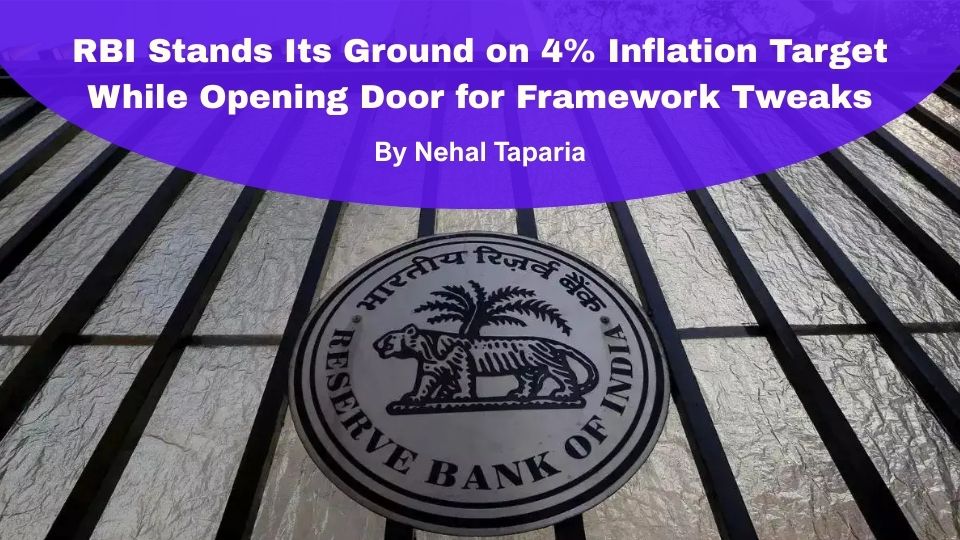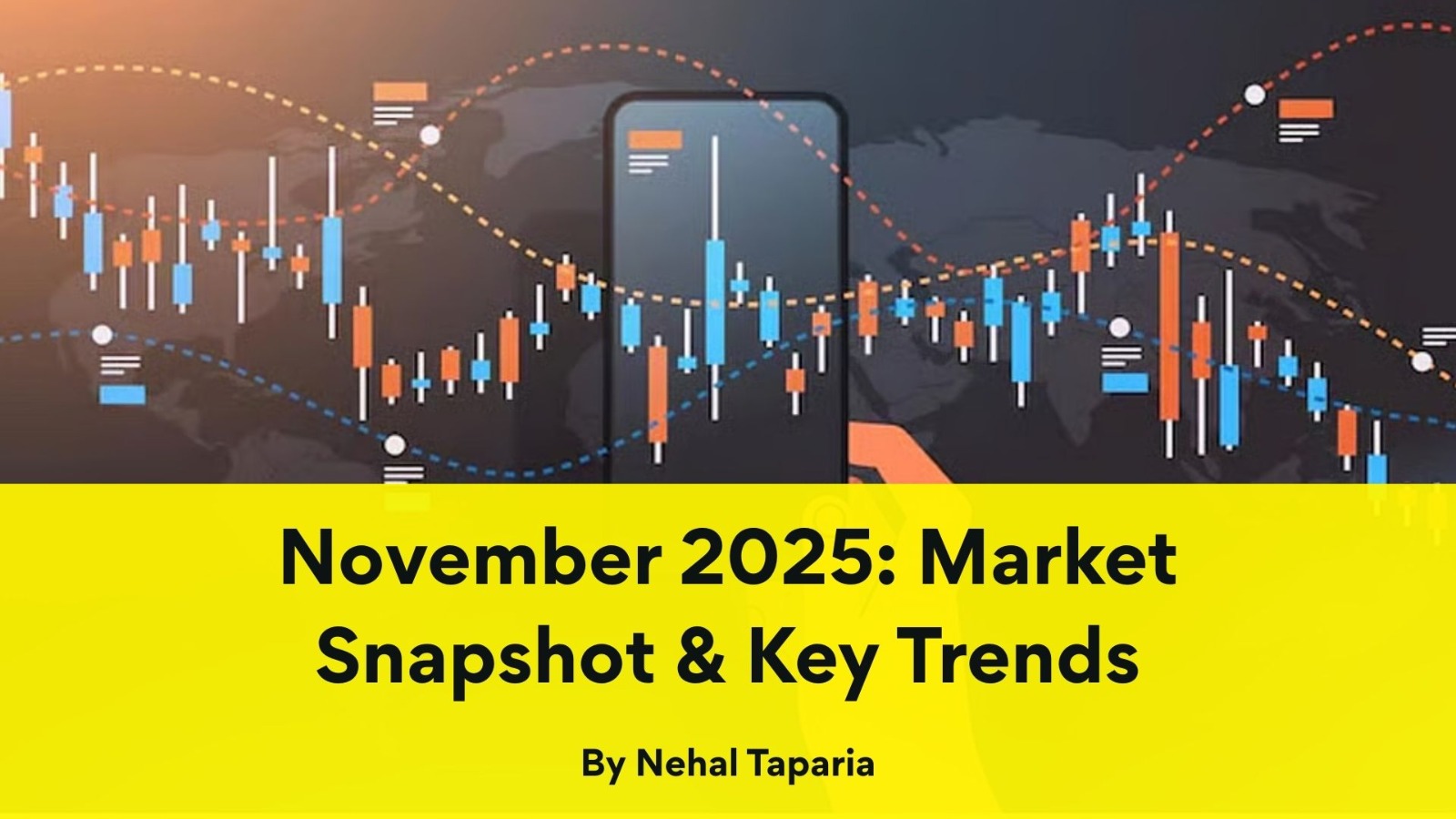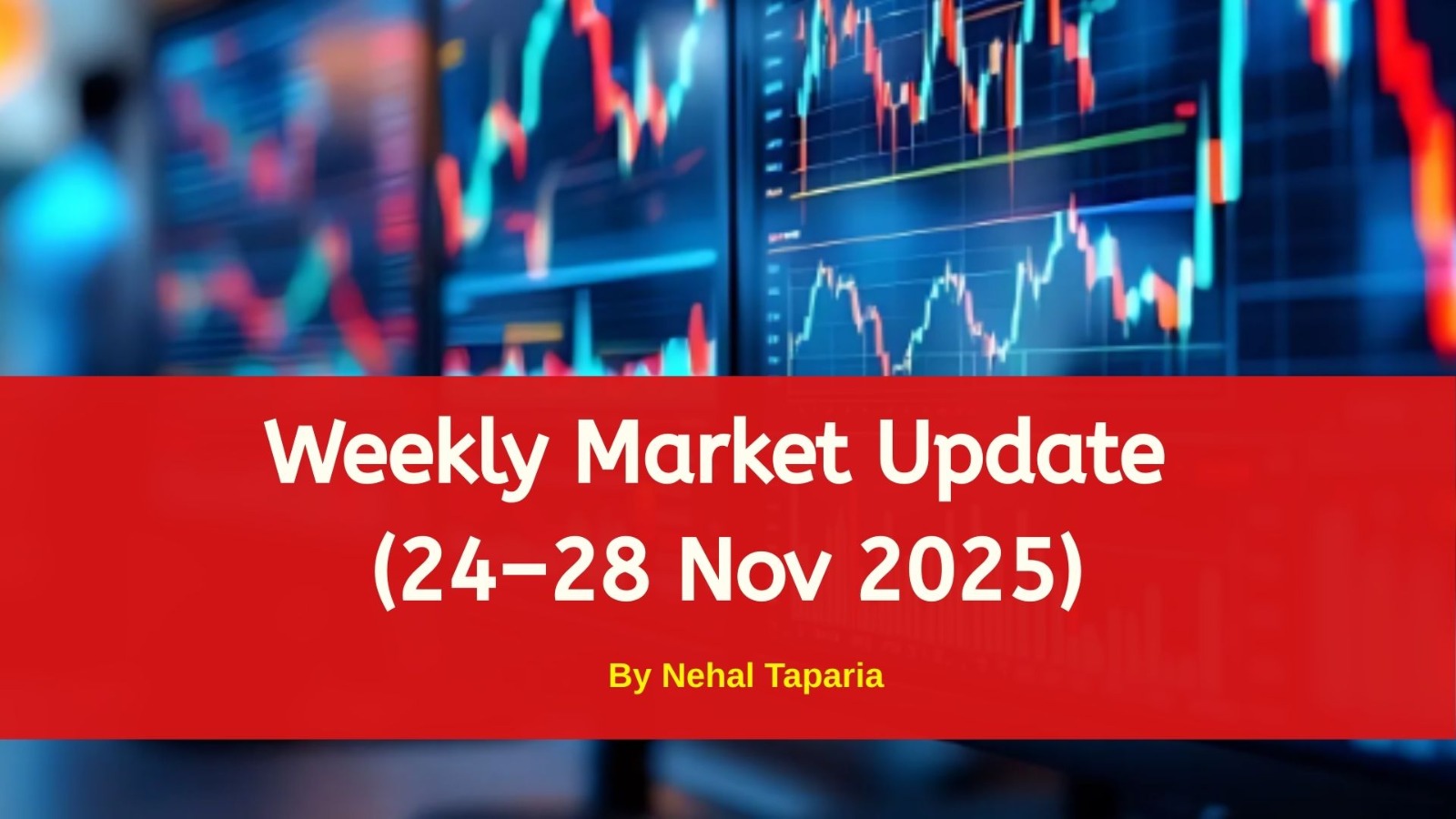RBI Stands Its Ground on 4% Inflation Target While Opening Door for Framework Tweaks

RBI Stands Its Ground on 4% Inflation Target While Opening Door for Framework Tweaks
On August 21–22, 2025, the Reserve Bank of India RBI reaffirmed its commitment to the existing inflation targeting framework—anchored at a 4% Consumer Price Index CPI target with a ±2% tolerance range, in place since 2016.
Yet, as the statutory five-year revision deadline approaches in March 2026, the central bank is proactively soliciting stakeholder input. Through a detailed discussion paper, it is inviting feedback on key questions such as:
- Should the monetary policy focus continue to target headline inflation, or shift to core inflation excluding volatile components like food and energy?
- Is the 4% target still optimal, or does it need recalibration?
- Should the tolerance band be adjusted, narrowed, widened, or removed altogether?
- Could the framework evolve toward an inflation range instead of a fixed point?
The RBI stressed that maintaining credibility and clarity in monetary policy is vital—changing key parameters without strong rationale could undermine investor trust, while discarding a clear target might signal policy ambiguity.
Market Impact: What to Watch
1. Policy Stability vs. Adaptability
By reinforcing the current target but seeking feedback, RBI underscores its commitment to credibility while showing willingness to adapt—this balanced posture may bolster investor confidence.
2. Markets Favor Certainty
Clarity on the inflation framework helps markets price in rate expectations better. Any shift—particularly to core inflation or a range-based strategy—could signal subtle changes in future monetary policy dynamics.
3. Sector Sensitivities
- Consumer and Retail: Headline inflation shifts especially food or fuel affect real incomes and demand.
- Financials and Credit: Stability in inflation targeting supports predictability in interest rates, aiding lending and borrowing dynamics.
- Commodities: Core vs. headline emphasis may change outlook for sectors like agriculture or energy, where volatility is high.
4. Policy Credibility & International Perception
Maintaining the target reinforces India's macroprudential image. A credible framework supports foreign capital inflows, especially amid global uncertainties.
5. Upcoming Signals
Markets will watch the feedback results and any hint from the RBI's Monetary Policy Committee MPC ahead of the March 2026 deadline. Combined with GDP outlooks like the recent SBI revision, the inflation framework review will be a key signal for future monetary path.
Bottom Line
The RBI’s reaffirmation of its inflation targeting framework—coupled with openness to recalibration—strikes a thoughtful balance between discipline and flexibility. While current stability reassures the markets, the consultation process signals readiness to evolve with economic realities. The stage is set for a thoughtful months-long dialogue whose outcome may shape India’s macroeconomic trajectory post-2026.
By Nehal Taparia
This content is for educational and knowledge purposes only and should not be considered as investment or Trading advice. Please consult a certified financial advisor before making any investment or Trading decisions.
Our Recent FAQS
Frequently Asked Question &
Answers Here
What did RBI announce?
The RBI reaffirmed the 4% inflation target with ±2% tolerance but also launched a discussion paper seeking public feedback on possible adjustments ahead of the March 2026 review.
Why now?
What can be changed?
When can feedback be submitted?
What are the risks of changing?
How significant is headline inflation?
Copyright © By Empirical F&M Academy. Design & Developed by Techno Duniya


.jpg)


.jpeg)




